Bundesbank revised down growth projection for Germany’s GDP in 2022 and 2023, and upgraded inflation projection for 2022, 2023, and 2024.
2022 GDP growth is slashed from 4.2% to just 1.9%. 2023 growth was cut from 3.2% to 2.4%. But 2024 growth was raised from 0.9% to 1.8%.
2022 HICP inflation forecast was raised from 3.6% to 7.1%. 2023 HICP forecast was raised from 2.25% to 4.5%. 2024 HICP forecast was raised from 2.2% to 2.6%.
President Joachim Nagel said: “Inflation this year will be even stronger than it was at the beginning of the 1980s. Price pressures have even intensified again recently, which is not fully reflected in the present projections. If this development is assumed to continue, the annual average HICP rate for 2022 could be considerably above 7%”.
Euro area inflation rates won’t fall by themselves,” Nagel added. “Monetary policy is called upon to reduce inflation through resolute action.”




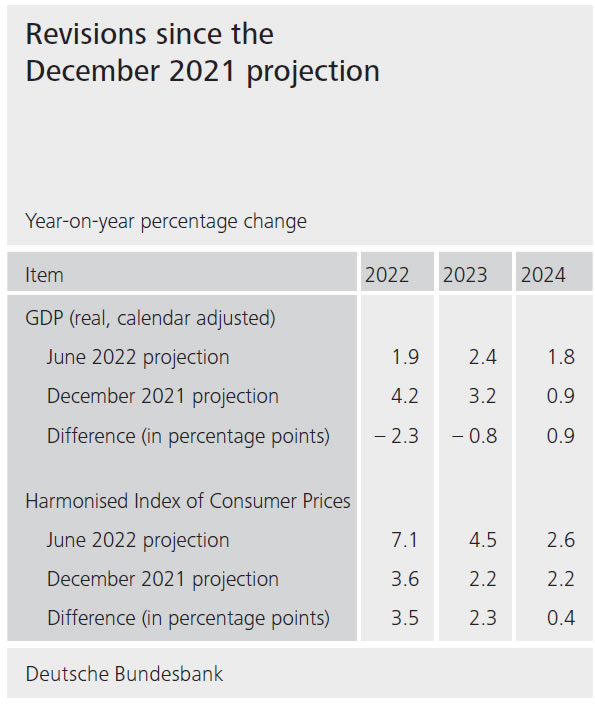
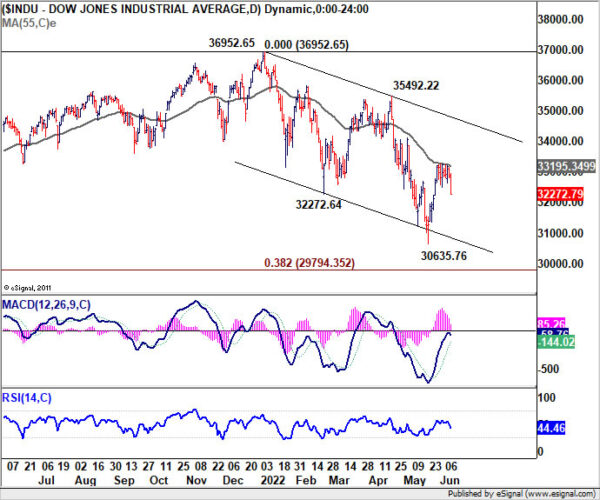
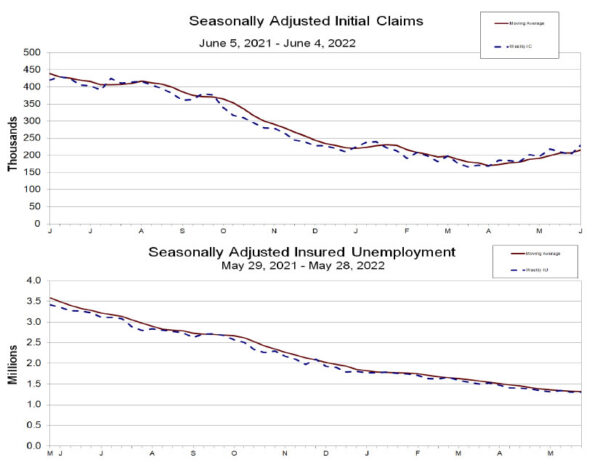

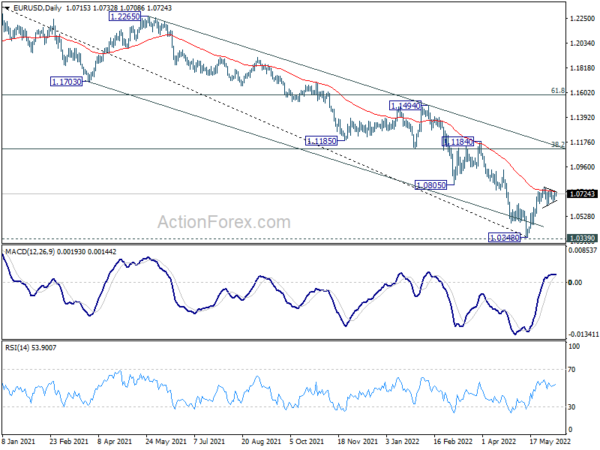
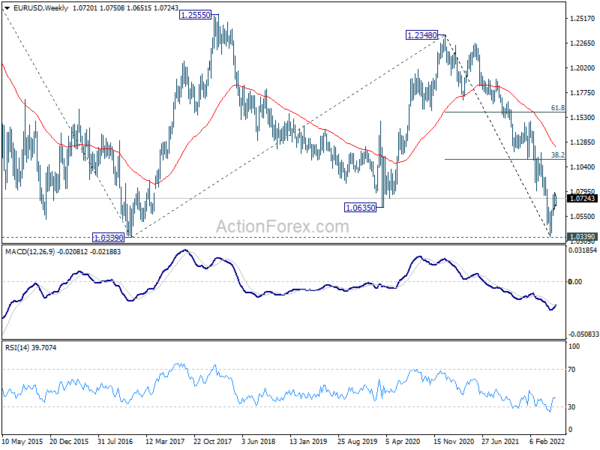
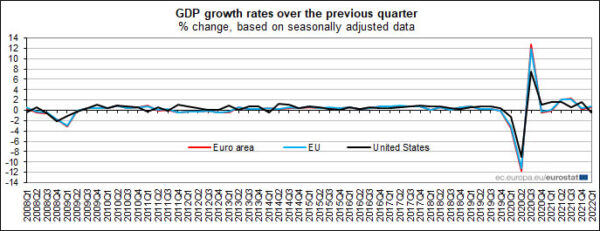
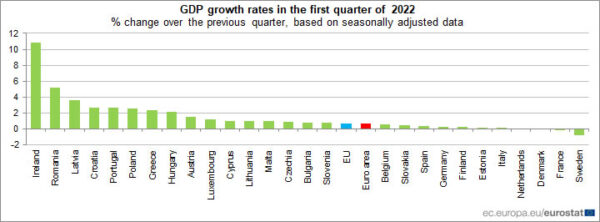
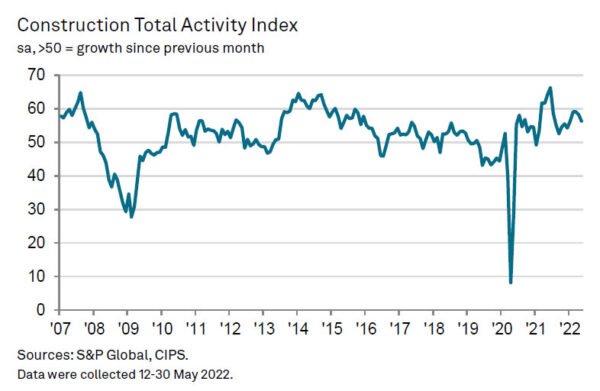
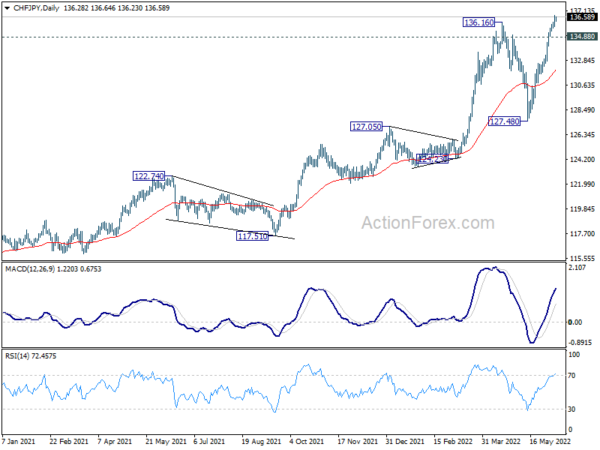

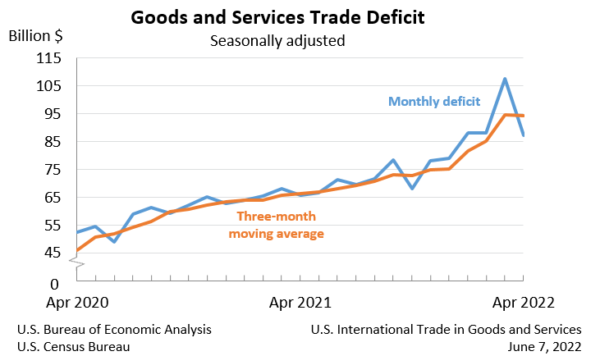
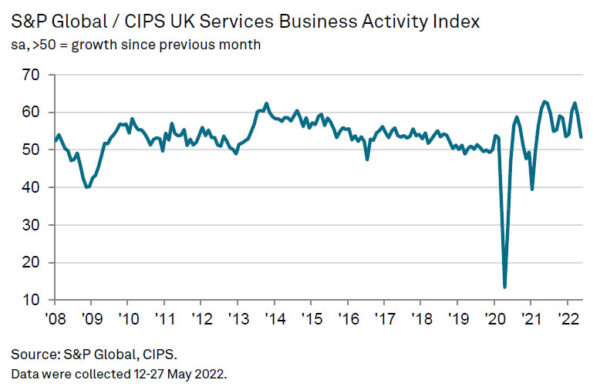
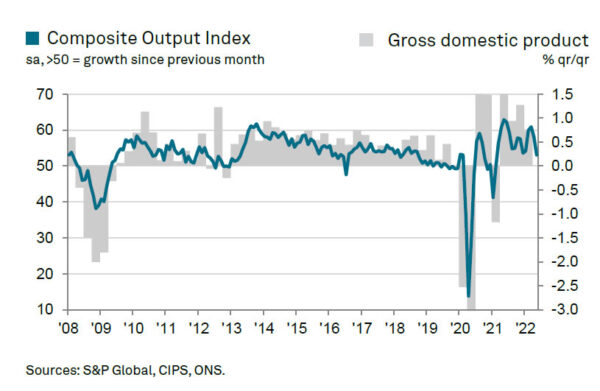
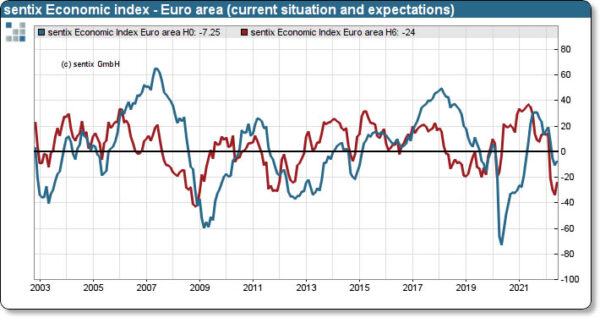

US CPI rose to 8.6% yoy, highest since 1981, food price rose 10.1% yoy
US CPI accelerated again from 8.3% yoy to 8.6% yoy in May, well above expectation of 8.2% yoy. That’s the highest level since December 1981. CPI core slowed from 6.2% yoy to 6.0% yoy, above expectation of 5.9% yoy. Energy index rose 34.6% yoy, largest 12-month increase since September 2005. Food index rose 10.1% yoy, first rise above 10% since March 1981.
CPI rose 1.0% mom, above expectation of 0.7% mom. Core CPI rose 0.6% mom, above expectation of 0.5% mom.
Full release here.